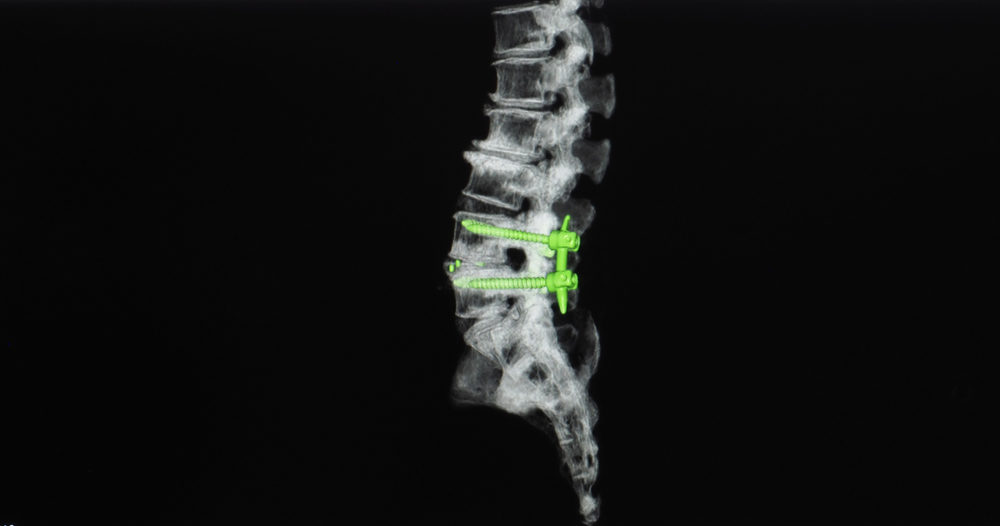
Soon after the U.S. Food and Drug Administration (FDA) approved the Nuvasive MAGEC System for the treatment of early-onset scoliosis (EOS), studies on the system revealed potential defects that could lead to injuries in children.
In a 2017 study, for example, researchers reported that the MAGEC rods, which are typically implanted near the spine, could shed metallic debris, causing metallosis and implant failure.
Analysis of Explanted MAGEC Rods Show Metal Wear and Debris
Magnetically controlled growing rods were originally designed to help spare children and their families from excessive surgeries. Traditionally, in a child with scoliosis, growing rod implants are attached to the spine to help straighten it as the child grows. About every six months, these rods have to be surgically lengthened to accommodate growth.
Magnetically controlled growing rods use magnetic technology to allow doctors to lengthen the rods externally, reducing the risks from multiple surgeries. The Nuvasive MAGEC System, however, has been linked to complications leading to premature failure.
The researchers in the 2017 study wanted to find out what was causing the MAGEC rods to fail. They analyzed explanted MAGEC Rods from seven United Kingdom spinal centers. In total, they looked at 34 MAGEC rods from 18 children, removed for reasons including failure of the rod to lengthen as expected, and maximum rod distraction reached. The researchers cut the rods open to evaluate and assess all the internal components.
All of the rods showed localized marks, which were termed “growth marks” as they indicated the growth of the rod inside the body as well as internal signs of wear. After cutting the rods open, researchers found titanium wear debris inside all 34 of the rods. Ninety-one percent (31/34) showed measurable wear of the extending bar towards the magnet end.
There was also substantial damage to the radial bearing inside 74 percent (25/34) of the rods while O-ring seal failure was seen in 53 percent (18/34) of cases. In 44 percent (15/34), the drive pin was fractured, but the researchers believed the fractures occurred after the rods failed, not before.
The researchers concluded that the combination of high volumes of titanium wear debris alongside the O-ring seal damage “likely accounts for the metallosis reported clinically around some MAGEC rods.” Metallosis is a type of blood poisoning caused by the shedding of metal particles like titanium. It can cause tissue damage, implant failure, and pain.
Normal Spinal Movement Can Result in Metal Wear Debris
Implants made of metal have caused complications in the past. Several hip replacement implants made of cobalt and chromium were found to shed metal debris into the surrounding tissues with normal wear and tear. Over time, this would cause tissue damage, swelling, pseudotumors, and eventual implant failure.
The same seems to be occurring with some MAGEC rods. With normal wear and tear, the titanium sheds metal debris into the surrounding tissues, increasing the risk that the implants will fail.
Thomas Joyce, Ph.D., lead author of the above study, told Orthopedics This Week that the natural spine allows motion in many directions, and that the complexity of movement is magnified in children with scoliosis. MAGEC rods connect the top of the spin with the bottom and are supposed to allow growth in a straight line, but since scoliotic spines are not straight, movement can create high volumes of titanium wear debris.
When asked how the MAGEC rods might be modified to increase safety, Joyce stated, “The MAGEC rods essentially consist of a solid bar within a tube. In the MAGEC rods we examined, the bar is only supported at the bottom of the tube. If it were to be supported at the top of the tube too, this would minimize the [damaging] effects…”

Exclusively focused on representing plaintiffs, especially in mass tort litigation, Eric Chaffin prides himself on providing unsurpassed professional legal services in pursuit of the specific goals of his clients and their families. Both his work and his cases have been featured in the national press, including on ABC’s Good Morning America.










Comments for this article are closed.